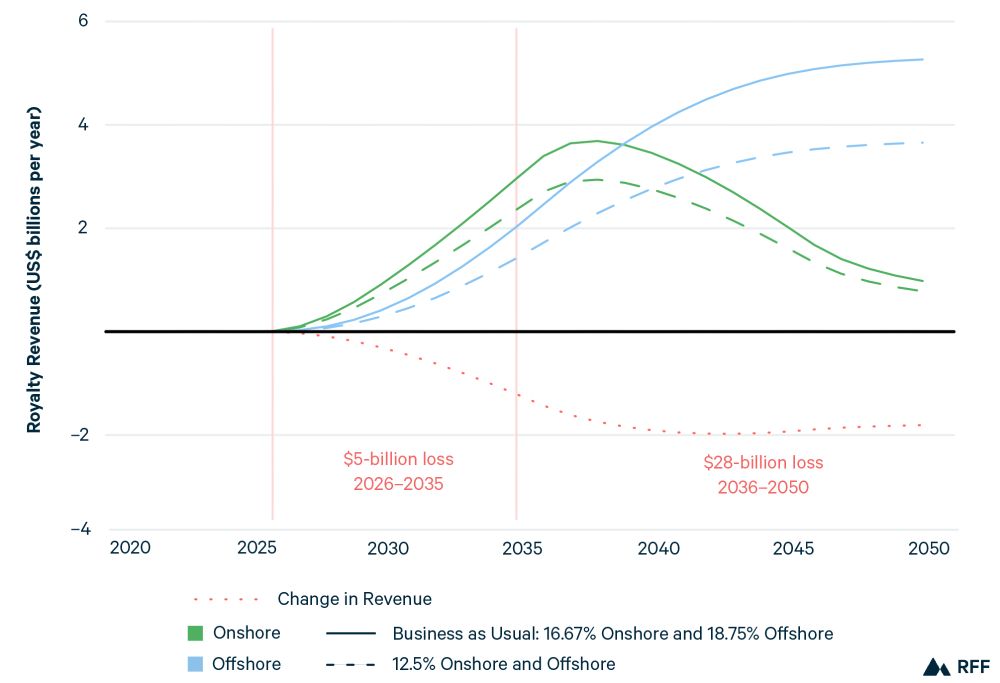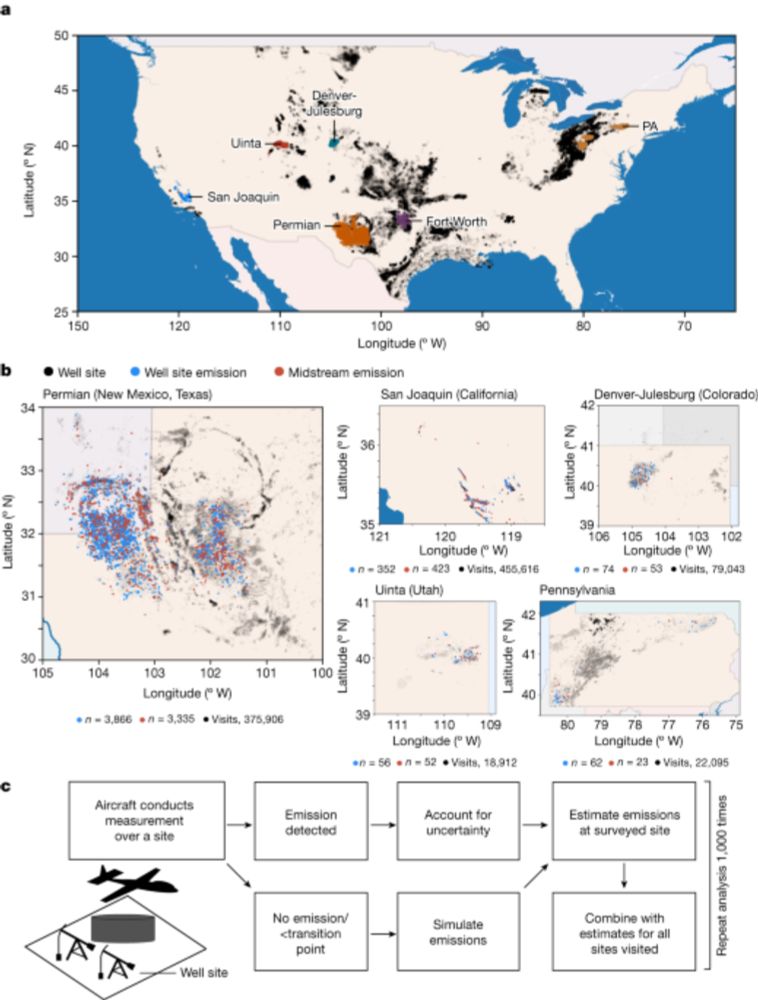I’ll be posting additional details of this analysis on RFF’s web site later this week--stay tuned!
I’ll be posting additional details of this analysis on RFF’s web site later this week--stay tuned!

In the meantime, I'm looking forward to presenting this work at this summer's @aereorg.bsky.social conference! See you in New Mexico!
end/11

In the meantime, I'm looking forward to presenting this work at this summer's @aereorg.bsky.social conference! See you in New Mexico!
end/11
10/11
10/11
I estimate each +1 Bcf/d of gas exports is likely to increase US natural gas prices by about 2.5%.
9/11
I estimate each +1 Bcf/d of gas exports is likely to increase US natural gas prices by about 2.5%.
9/11
This suggests that past US crude oil exports have induced larger annual US methane emissions than what would be expected from 20 Bcf/d of additional gas exports!
8/11
This suggests that past US crude oil exports have induced larger annual US methane emissions than what would be expected from 20 Bcf/d of additional gas exports!
8/11
7/11
7/11
6/11
6/11
I find that each +1 billion cubic feet per day (Bcf/d) of additional gas exports (~1% of today's US production) comes disproportionately from the low-leak Appalachia, where drilling is more sensitive to gas prices than oil prices.
5/11
I find that each +1 billion cubic feet per day (Bcf/d) of additional gas exports (~1% of today's US production) comes disproportionately from the low-leak Appalachia, where drilling is more sensitive to gas prices than oil prices.
5/11
1) Appalachia, where methane leak rates are low (<1%) since companies drill for the gas,
and
2) the Permian basin, where gas is largely a byproduct of oil production, and leak rates are high (>5% average per Sherwin) amid less incentive to capture it.
4/11
1) Appalachia, where methane leak rates are low (<1%) since companies drill for the gas,
and
2) the Permian basin, where gas is largely a byproduct of oil production, and leak rates are high (>5% average per Sherwin) amid less incentive to capture it.
4/11
Sherwin (2024, Nature) found huge variation across the US in this leak rate, ranging from under 1% to above 9%!
3/11

Sherwin (2024, Nature) found huge variation across the US in this leak rate, ranging from under 1% to above 9%!
3/11
2/11

2/11

